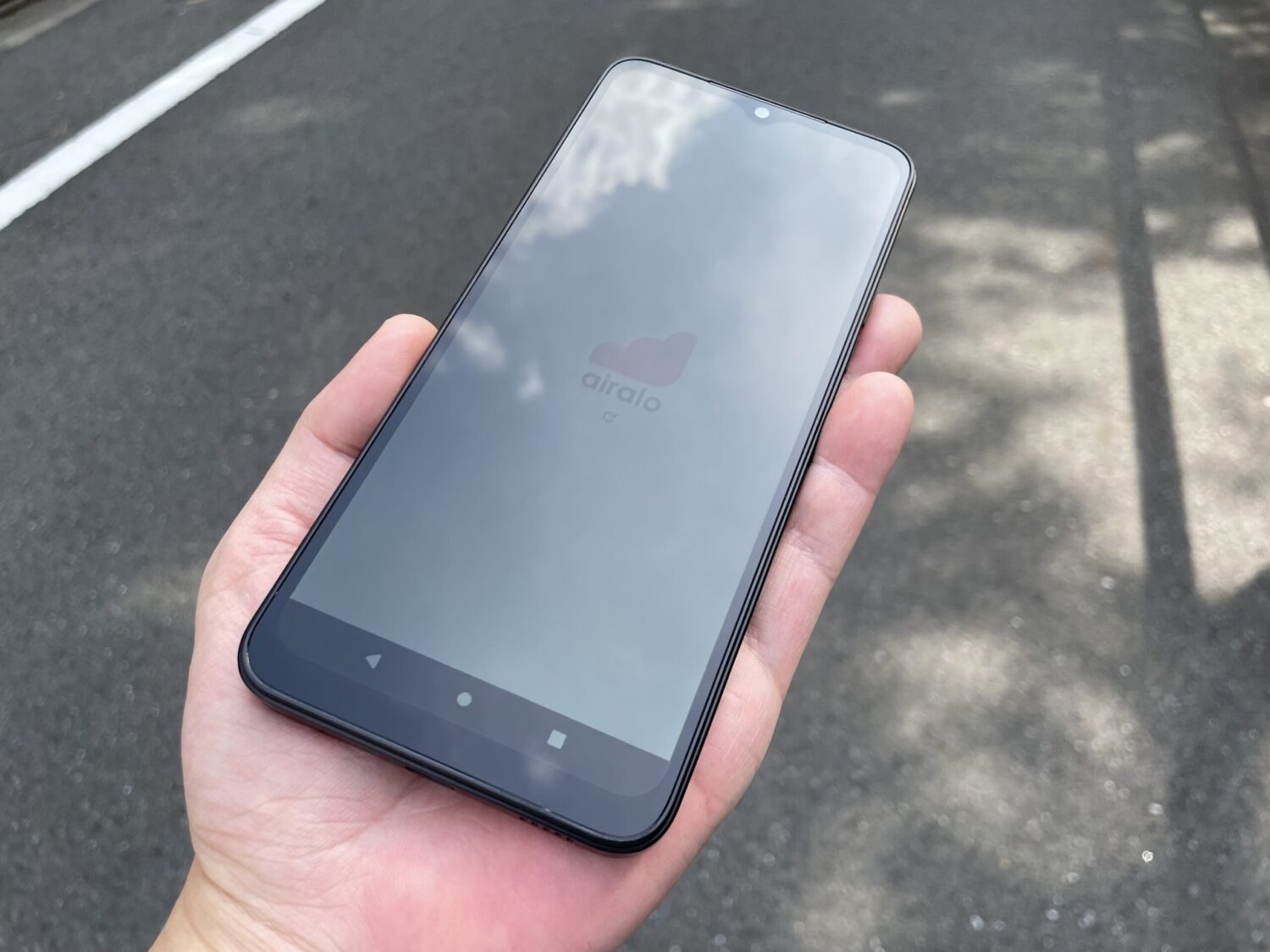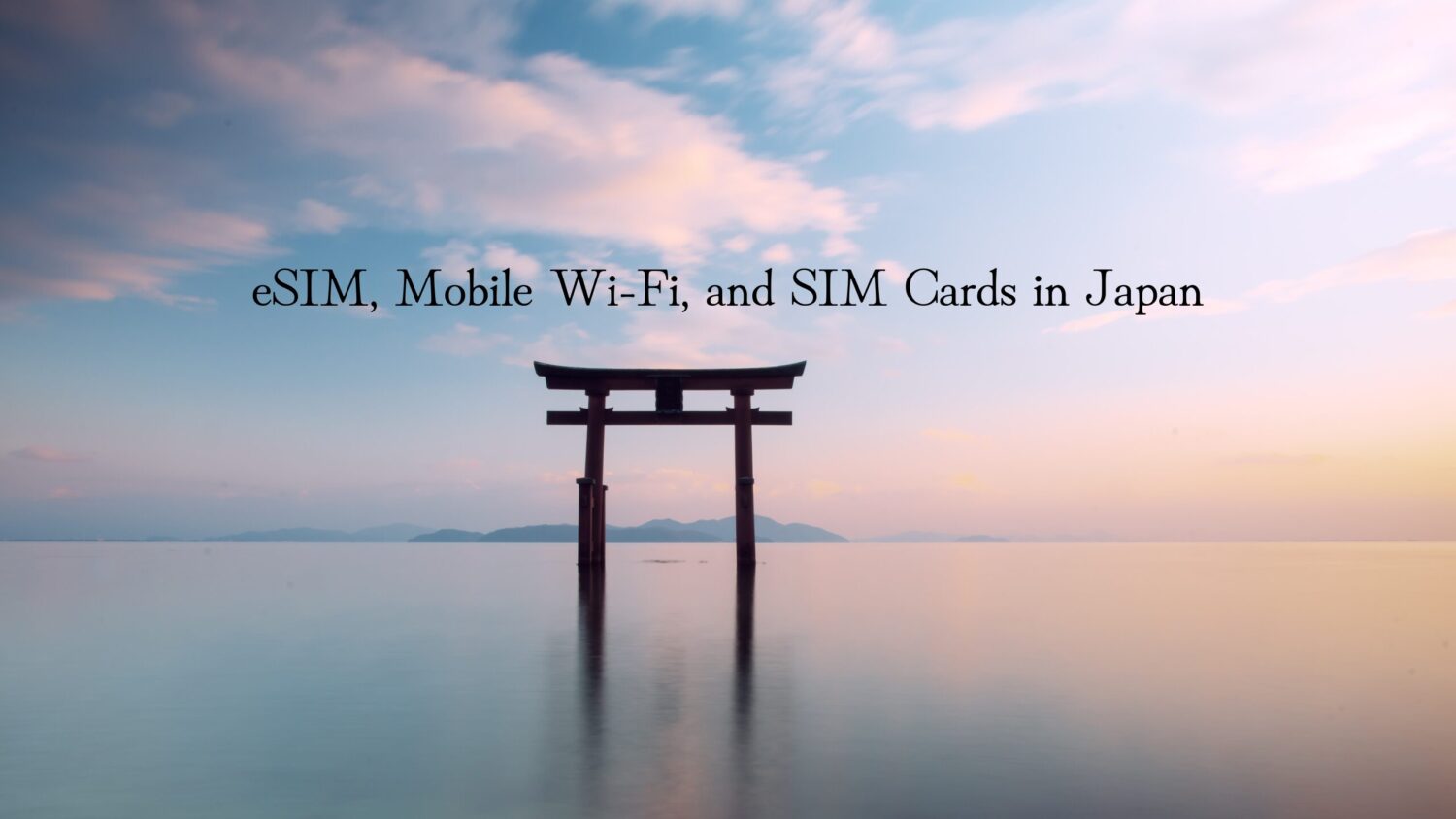Traveling to Japan is an exciting experience, but staying connected to the internet is essential for smooth navigation, communication, and enjoying your trip to the fullest. Japan offers several options for internet connectivity, including eSIM, mobile Wi-Fi, and SIM cards. Each of these has its own unique benefits and drawbacks, which can make choosing the right one a bit challenging.
Whether you’re visiting Japan for business, sightseeing, or a cultural adventure, having reliable internet access is crucial. In this guide, we’ll break down the key differences between eSIM, mobile Wi-Fi, and SIM cards to help you make the best choice based on your travel needs, budget, and preferences.
Let’s dive into the details so you can enjoy hassle-free connectivity during your trip to Japan.
eSIM, Mobile Wi-Fi, or SIM Cards: Which One is Best for You?
In Japan, staying connected is not only convenient but also necessary for using maps, accessing travel apps, and staying in touch with friends and family. The three main options—eSIM, mobile Wi-Fi, and SIM cards—each cater to different types of travelers. Let’s explore these options to help you decide which one suits your needs.
Understanding eSIM: The Modern Connectivity Solution
eSIM, or embedded SIM, is a digital alternative to traditional physical SIM cards. Instead of inserting a physical card into your device, you can download a data plan directly onto your phone or tablet. This technology is growing in popularity worldwide and is now widely available in Japan.
One of the major advantages of eSIM is its convenience. You can purchase and activate a plan online before arriving in Japan, meaning you’re ready to connect the moment you land. For tech-savvy travelers, this is a seamless and hassle-free option.
Additionally, eSIM allows for easy switching between multiple plans, which is ideal if you’re visiting several countries during your trip. However, not all devices are compatible with eSIM, so it’s important to check your smartphone’s specifications in advance.

Mobile Wi-Fi: The Best Option for Groups and Heavy Users
Mobile Wi-Fi devices, often referred to as pocket Wi-Fi, are small, portable routers that provide internet access to multiple devices at once. This option is particularly popular among groups or families traveling together, as everyone can share the same connection.
In Japan, mobile Wi-Fi rentals are easily available at airports or online. These devices often come with unlimited or high-data plans, making them perfect for travelers who need consistent and fast internet access for activities like streaming videos, navigating, or using apps heavily.
However, there are a few downsides to mobile Wi-Fi. The device needs to be charged regularly, so you’ll need to carry a power bank. You’ll also need to return the device after your trip, which could be inconvenient if you’re short on time.



SIM Cards: A Budget-Friendly Option for Solo Travelers
Prepaid SIM cards remain a popular choice for travelers looking for a simple and cost-effective way to stay connected. These cards are widely available at airports, electronics stores, and online, and they often come with data-only plans tailored to tourists.
SIM cards are a good option for solo travelers or those with limited internet needs. They are easy to use—just insert the card into your device and follow the activation instructions. However, you’ll need to make sure your phone is unlocked and compatible with Japanese networks.
Some SIM cards require manual setup, such as configuring APN settings, which can be challenging for less tech-savvy users. Additionally, data limits on SIM cards are often lower than those on eSIM or mobile Wi-Fi plans.



Comparing the Pros and Cons of Each Option
To decide which internet solution is right for you, it’s important to weigh the advantages and disadvantages of eSIM, mobile Wi-Fi, and SIM cards. Here’s a detailed comparison to help you make an informed choice:
Why Choose eSIM?
Advantages:
eSIM is incredibly convenient. You can set it up online before arriving in Japan, eliminating the need to wait in line at the airport or visit a physical store. Additionally, eSIM allows you to use multiple plans, which is perfect for multi-country trips. For eco-conscious travelers, eSIM is a greener choice as it reduces plastic waste associated with physical SIM cards.
Disadvantages:
The biggest downside of eSIM is device compatibility. Only modern smartphones and tablets support eSIM technology, so it’s essential to check if your device is compatible before your trip. Coverage in rural areas may also be limited, depending on the provider.
The Benefits of Mobile Wi-Fi
Advantages:
Mobile Wi-Fi is ideal for travelers who need unlimited data or want to share internet access with others. These devices are user-friendly and don’t require any special setup on your phone. Additionally, mobile Wi-Fi provides reliable, high-speed connectivity in most areas of Japan.
Disadvantages:
Carrying a separate device can be inconvenient, and you’ll need to keep it charged throughout the day. Rental costs can also add up for long trips, and returning the device after your trip is an extra step to plan for.
Simplicity with SIM Cards
Advantages:
SIM cards are the most budget-friendly option, especially for solo travelers with basic data needs. They’re widely available and easy to purchase, making them a convenient choice for short-term use.
Disadvantages:
SIM cards often come with limited data plans, which may not be sufficient for heavy internet users. Activating a SIM card can be tricky for some, as it might require manual configuration. Additionally, you’ll need to ensure your phone is unlocked and compatible with Japanese networks.
How to Choose the Best Option for Your Trip
To choose the right internet solution for your trip to Japan, consider the following factors:
1. Your Data Needs
If you’re a heavy internet user who relies on apps, streaming, and social media, opt for eSIM or mobile Wi-Fi, as they offer higher data limits. For light users who mainly check emails or maps, a prepaid SIM card may suffice.
2. Device Compatibility
Check whether your device supports eSIM technology. If not, mobile Wi-Fi and SIM cards are viable alternatives. Also, ensure your phone is unlocked and supports Japanese network frequencies to avoid compatibility issues.
3. Group vs. Solo Travel
For group travelers, mobile Wi-Fi is the best choice since it allows multiple devices to connect simultaneously. Solo travelers may find eSIM or SIM cards more practical and affordable.
4. Budget and Convenience
eSIM is the most convenient but can be slightly more expensive. Mobile Wi-Fi is cost-effective for groups but requires returning the device. SIM cards are the cheapest option but may involve more setup and limited data.
Conclusion: Why eSIM is the Most Recommended Option
Of the three options, eSIM stands out as the most convenient and flexible choice for staying connected in Japan. Its digital nature eliminates the need for physical devices or cards, and its easy setup process makes it perfect for tech-savvy travelers.
While mobile Wi-Fi and SIM cards are reliable alternatives, eSIM’s instant activation, flexibility, and eco-friendliness make it the top recommendation for most travelers. If you have an eSIM-compatible device, you can prepare ahead of time and enjoy seamless connectivity throughout your trip.
No matter which option you choose, staying connected will enhance your travel experience in Japan, allowing you to explore, communicate, and share your journey with ease. Have a great trip!


